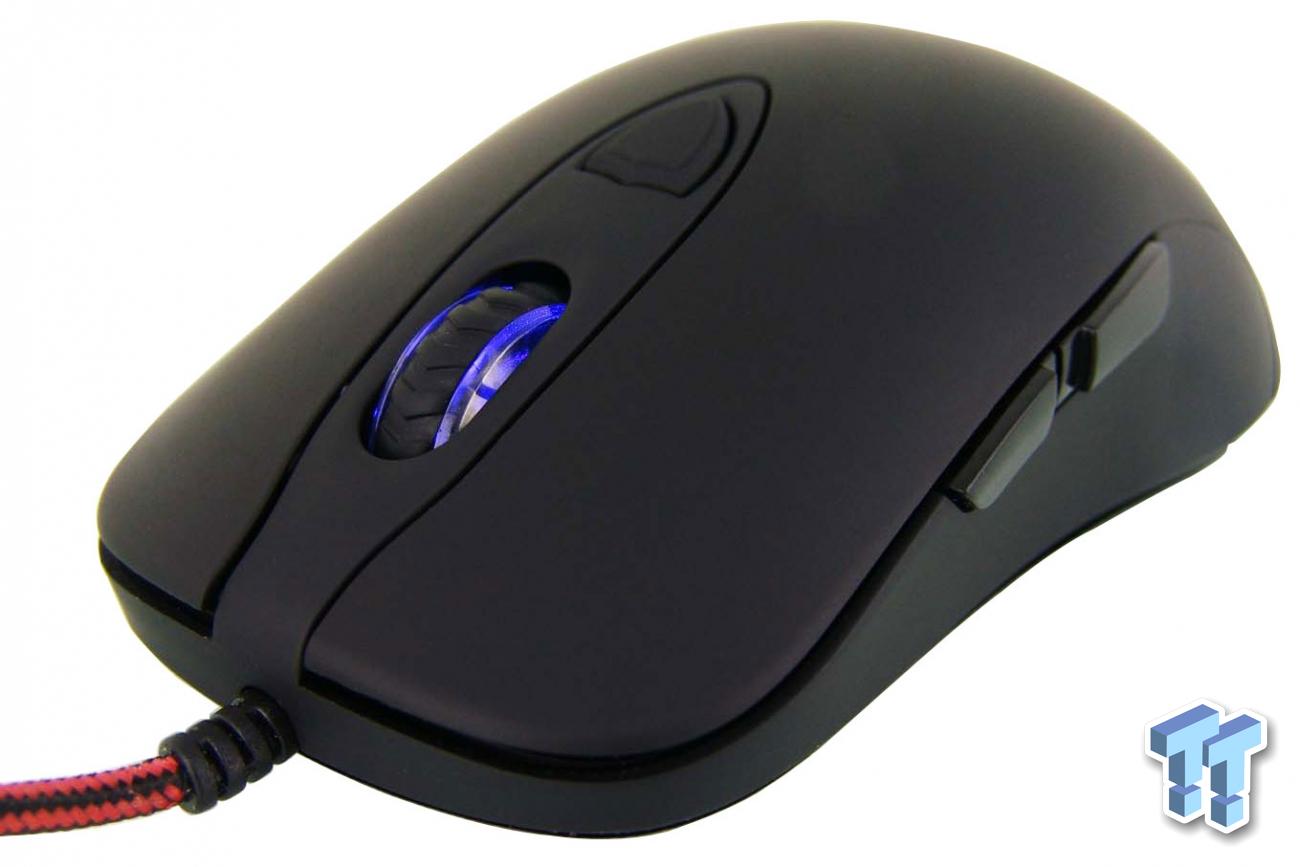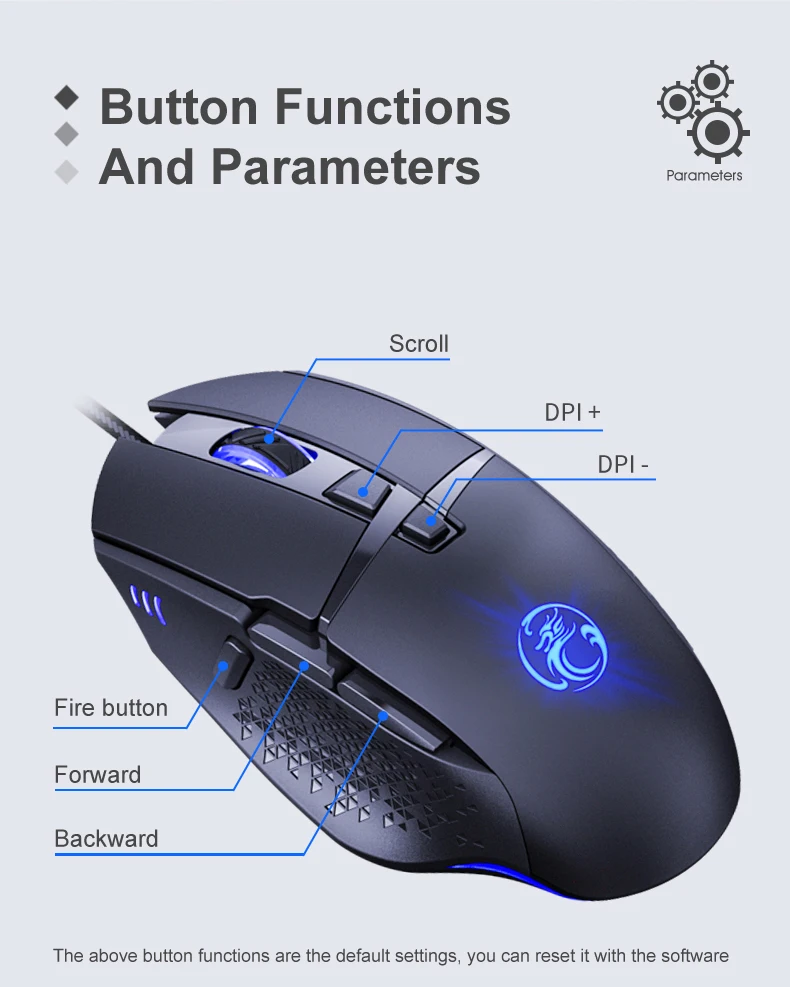
13 These studies are often small scale, limiting their generalizability, and require explicit measurement of tremor characteristics, which is both burdensome and unnatural. 12 Others have used smartphone accelerometers to assess tremor frequencies. 8 Prior studies have examined the effect of neurodegenerative disorders such as PD on computer mouse cursor control 9 and cursor movement reaction time 10 and the utility of assistive technologies to help those with motor impairments to better use computer input devices 11 and filter tremulous movement from mouse cursors before it reaches computer interfaces. 3, 4 Dopaminergic deficiency in PD results in symptoms such as tremors and cognitive decline, 7 evidence of which may be apparent in how people interact with computers. Resting tremor is often symptomatic of specific medical conditions, including Parkinson’s disease (PD) 5, 6, 7 and forms of ET.

The low resolution of the cursor position sampling makes it difficult to detect action tremors while the cursor is in motion. 4 Resting tremors are more easily identifiable in mouse cursor movements than action tremors. These tremors occur when a body part is relaxed and completely supported against gravity 3 and can be exacerbated by increased cognitive load. Resting tremors occur in the absence of voluntary muscle activity. 2 Hand tremors are suggestive of many medical conditions, as well as other factors such as fear or fatigue.

Essential tremor (ET) is the most common form, with prevalence rates ranging from 0.4% to 5.6%. 1 Prevalence varies depending on tremor type. They are the most common movement disorder found in clinical practice. Tremors are involuntary, rhythmic oscillations in one or more body parts. Feasible future applications include opt-in services for screening and for monitoring the progression of illness. Overall, the study finds evidence for the validity of harnessing anonymized mouse cursor motion as a population-scale tremor sensor for epidemiologic studies. Distributions of cursor tremor frequencies vary as expected for different medical conditions. Variations in cursor tremor quantity and cursor tremor frequency with demographics mirror those from clinical studies. Those with cursor tremor events are more likely to report tremor-related search interests. The results demonstrate significant alignment between estimated tremors and both self-reports and clinical findings.

To determine the feasibility of using this signal for the estimation of the prevalence of tremors over a large population, the characteristics of tremor-like movements are computed and compared against user data that can be interpreted as self-reports, the findings of published clinical studies, and a target selection study where participants self-report hand tremors and known causes. Methods are presented to estimate hand tremors based on anonymized computer mouse cursor movement data collected from millions of users of a web search engine. Data drawn from small numbers of patients observed in short-duration sessions pose challenges for understanding the nature and distribution of tremors over a large population. Studies of tremors in clinical practice are limited in size and scope and depend on explicit tracking of tremor characteristics by clinicians.

Tremors are a common movement disorder with a spectrum of benign and pathological causes, including neurodegenerative disease, alcohol withdrawal, and physical overexertion.


 0 kommentar(er)
0 kommentar(er)
